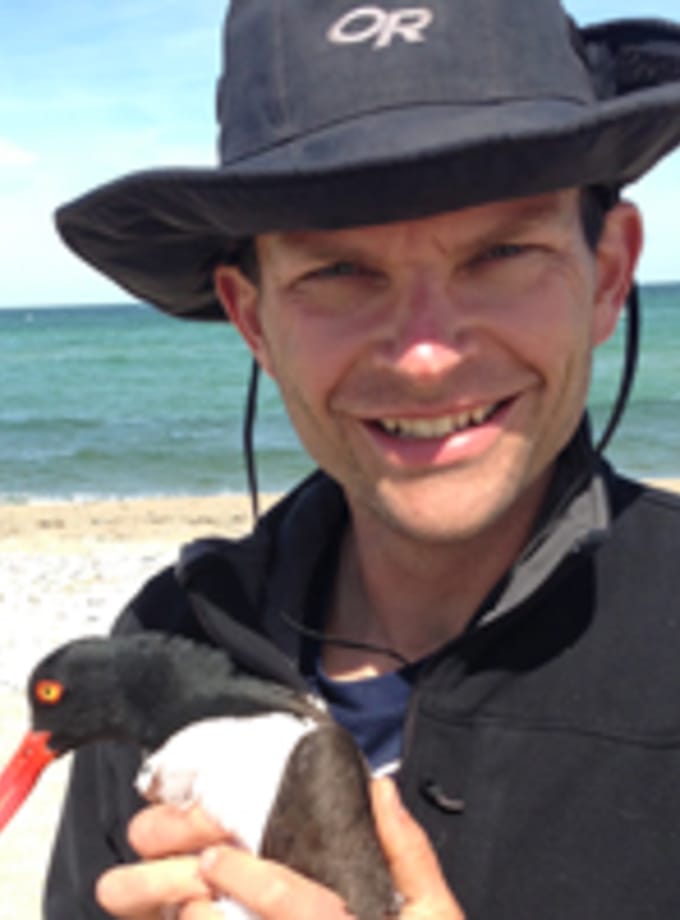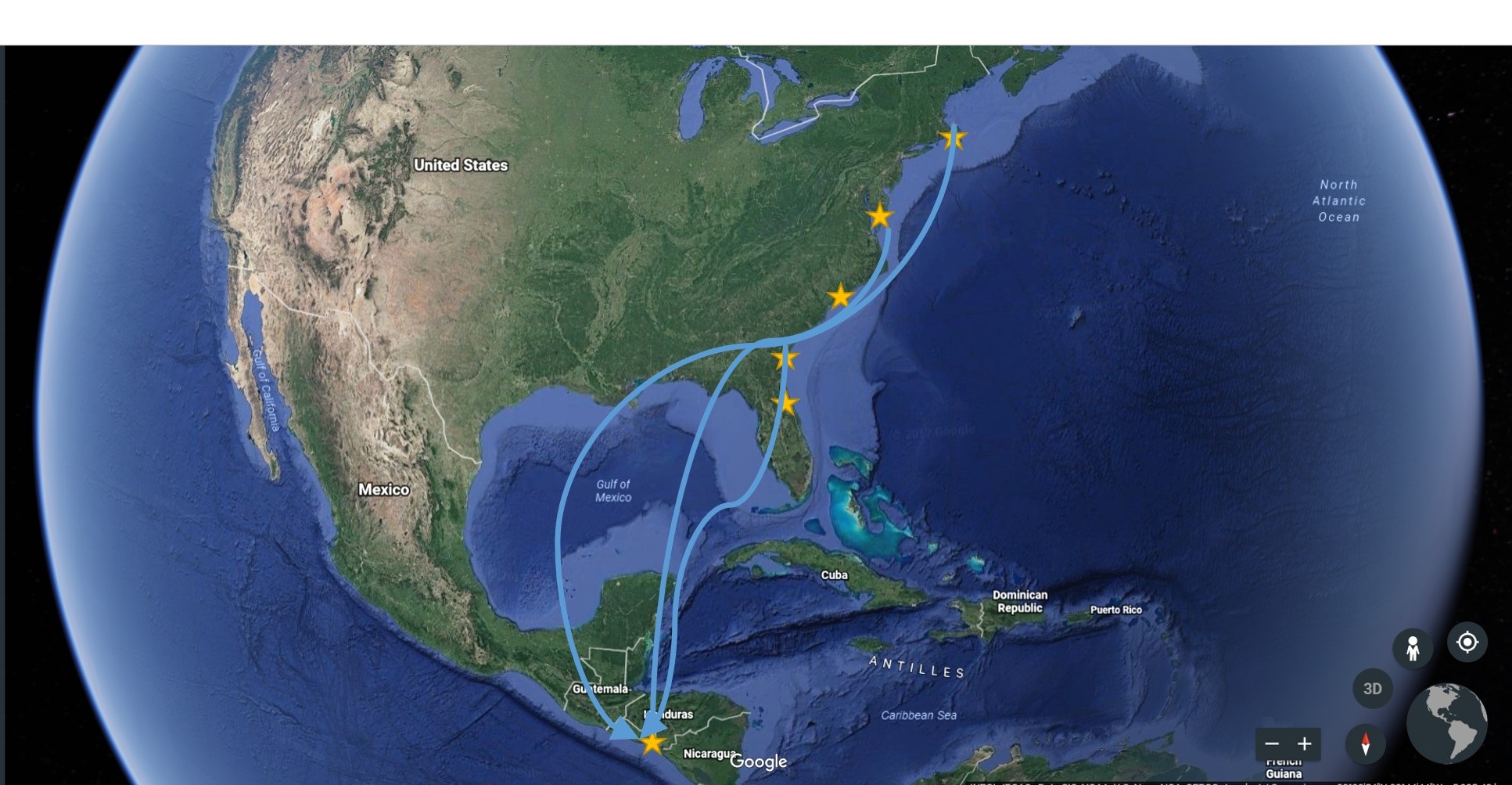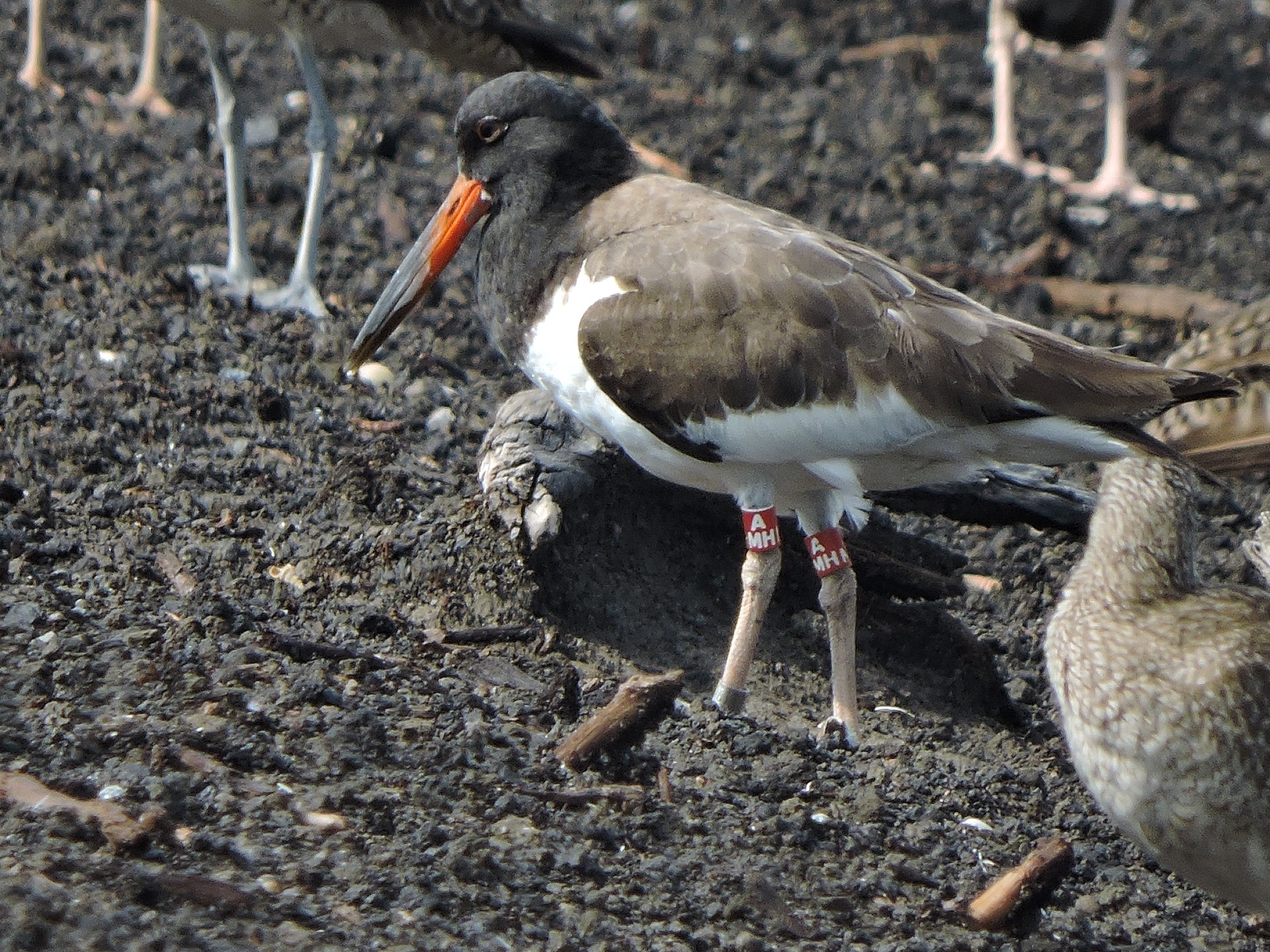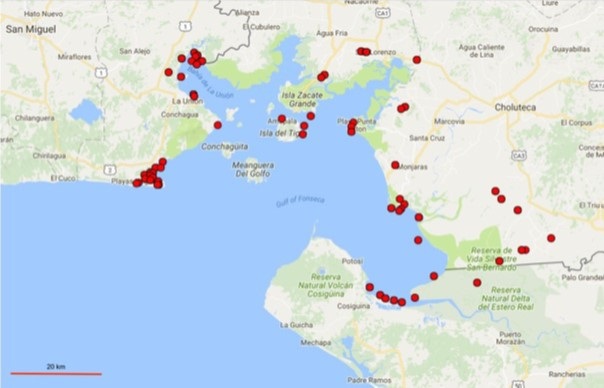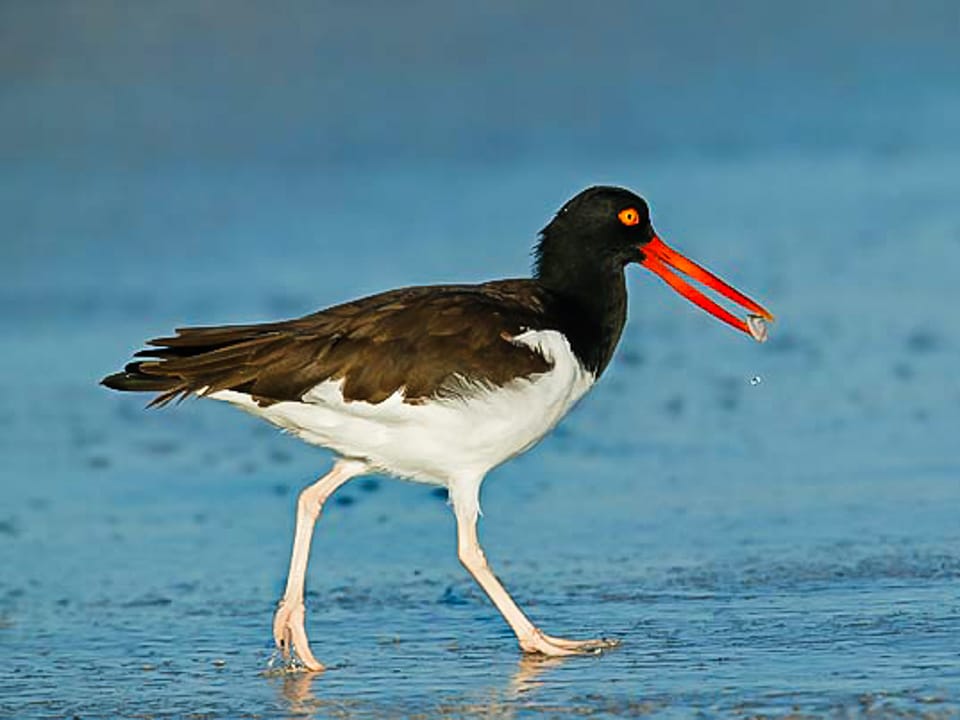The Gulf of Fonseca lies on the west coast of Central America, nestled at the intersection of Nicaragua, Honduras, and El Salvador. 61,000 hectares of wetlands and bays in the Gulf form a critical migratory and wintering area for hundreds of thousands of shorebirds every year, including several hundred American Oystercatchers. American Oystercatchers are found in low numbers on the Atlantic coast of North America from Maritime Canada to Florida, in the Gulf of Mexico from Florida to Mexico, and on the Pacific Coast from Southern California through the Sea of Cortez and down the west coast of Mexico. American Oystercatchers occur on both coasts of Central and South America where suitable habitat is available, but usually in low numbers—and, until recently, we assumed that these individuals are generally non-migratory or only move short distances.
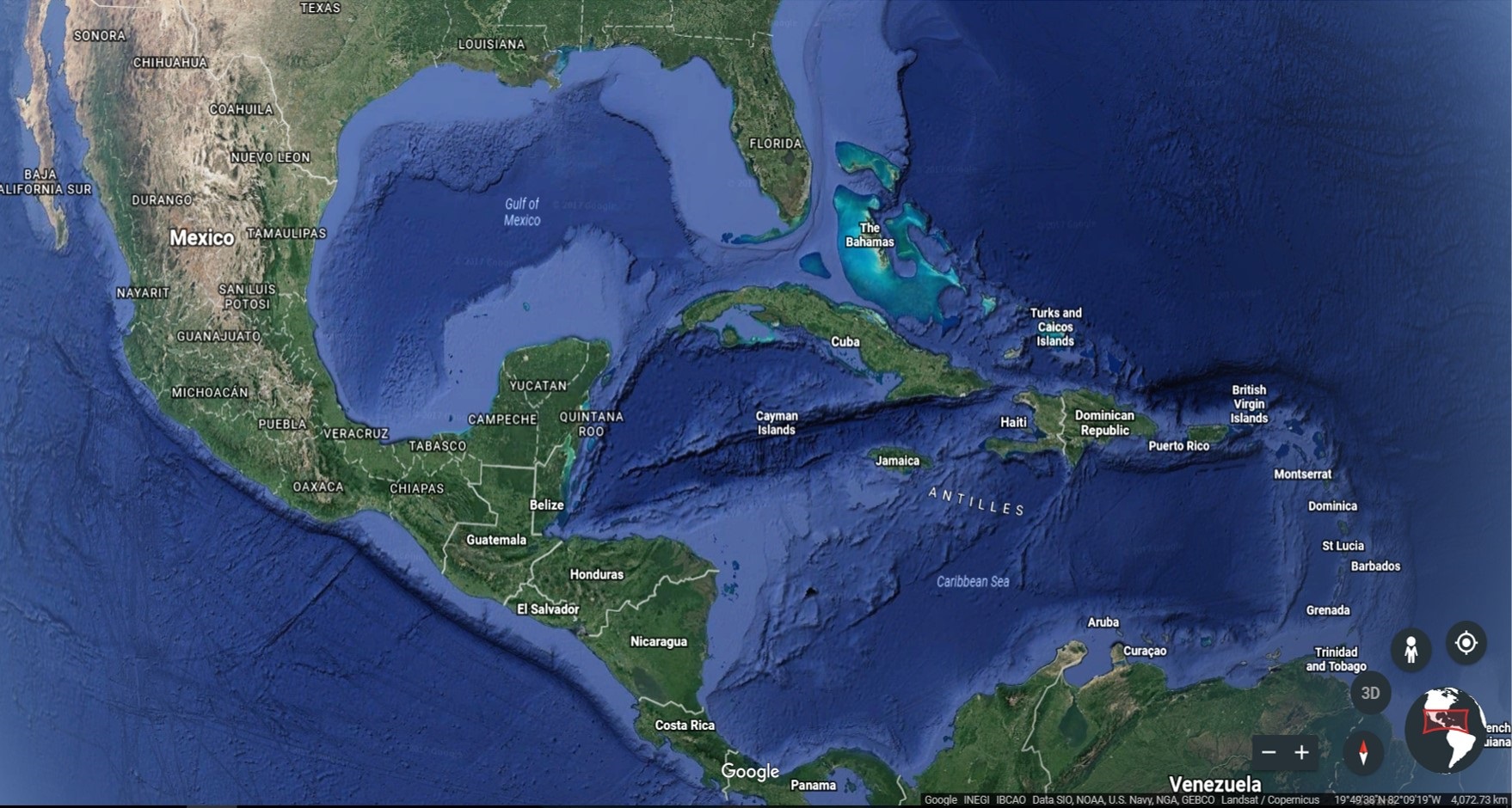
In 2013, an initial shorebird survey by Orlando Jarquín and a small team discovered three banded Oystercatchers mixed in with a roosting flock in Nicaragua. The team was able to connect with the American Oystercatcher Working Group in the United States, which maintains a cooperative database of over 5000 individually banded Oystercatchers, They traced the letter, number, and color combination on the bands to learn that two of these birds were banded in Virginia during the nesting season, and the other was banded in Georgia during fall migration.





 Back to all
Back to all
